Written by admin.
Posted on December 28, 2011.
Filed under Research, South Pacific Gyre.
Tagged Research, South Pacific Gyre.
Another thing I keep finding on the island besides plastic trash and natural beauty are dead horses. I see at least 10 carcasses in three days and no one seems to care or take them away. The living horses which are everywhere on the island and are walking around freely in different naturally formed hordes, don’t seem to mind either and are grazing just a few inches away of a skull that might have been a relative. I have no idea how hey died but the last one I saw had a plastic rope around its ankle. No strings attached huh? Look at his front left foot…

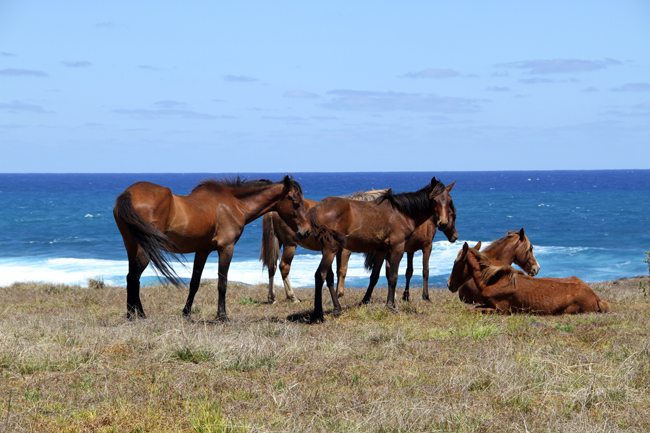
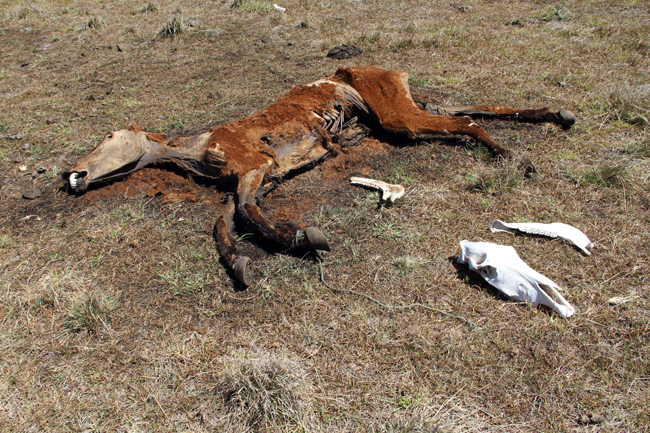
On my way back to the other side I pass a remarkable mixture of histories and religions. It seems weird that the Rapa Nui still allow this abomination to exist. The European missionaries brought Catholicism, ok, but that was a long time ago (1864). Why keep this remnant of the raping of their cultural heritage?
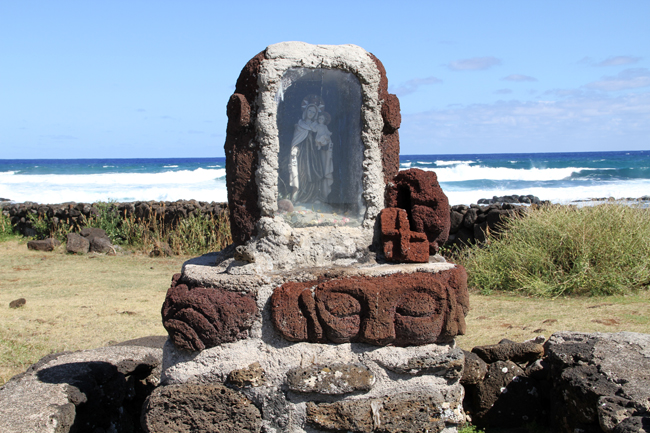
When I’m almost back in town I pass the garbage recycling center. Although recycling is a big word; most of the trash is just dumped in a huge empty pit. Compared to the plastic on the beaches, which is mostly coming from the ocean, this is land based trash. Is there really no better way to handle it? I feel sick again and understand perfectly why most of the Moai are laying flat on their face and stay like that, so they don’t need to see what has happened to their island.
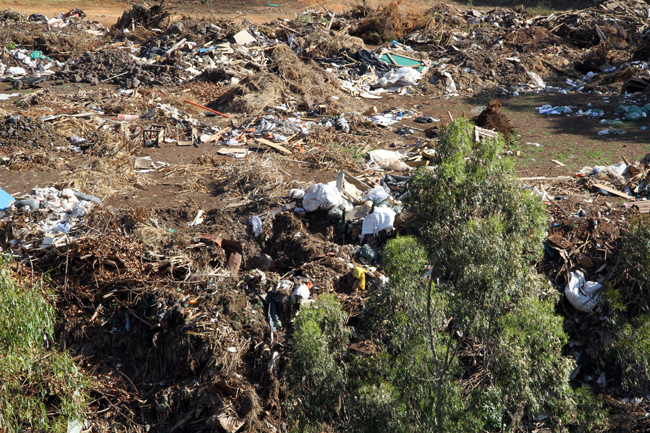
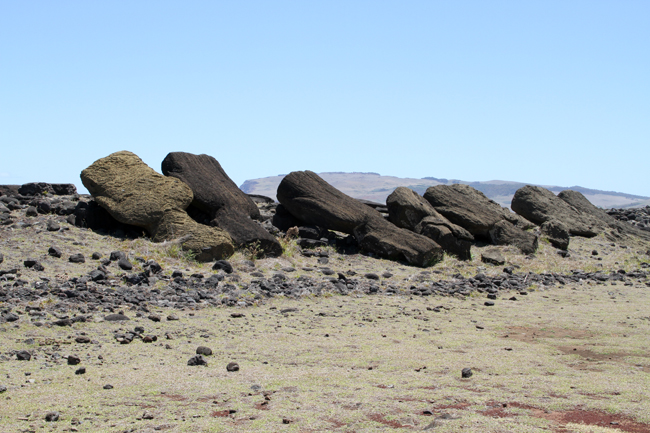
Written by admin.
Posted on December 27, 2011.
Filed under Research, South Pacific Gyre.
Tagged Research, South Pacific Gyre.
There is only two main roads on the island which both follow the coast and meet up at the tip of the island where the Terevake volcano and the ancient workshop for the well known 887 Moai sculptures marks the dead end. Yesterday I did one part towards the North, today I drive the other way. The maximum speed outside of the urban areas is 60km but as the owner of the rental company said: the whole island loop is about 50km and that is also the speed that most islanders use to drive around (the entire island is only 163.6 square kilometres). Half or the whole route is not even paved so on those parts which are full of holes and rocks you’re lucky to make it up to 30km, which is also the maximum speed in the main city on the island.

Whenever I find a place where I can climb down to get close enough to the water I find plastic trash. On one location I find so much plastic that I loose my optimistic spirit. The closer I get to the water, the more I see. And when I focus on the waves I get really sick in my stomach. There is just so much and it is fully integrated in the tidal system, being washed ashore and sucked back into to the ocean again. I decide to leave this beach for what it is and maybe someone else gets a similar feeling when he or she goes of the beaten tourist track and finds this place.

A beautiful beach from a distance.
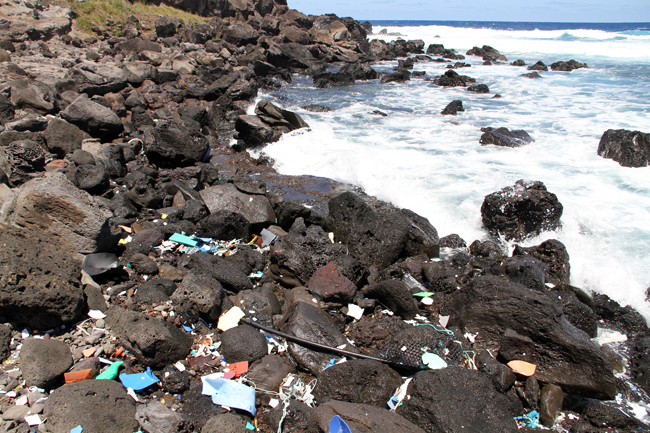
Closer by…
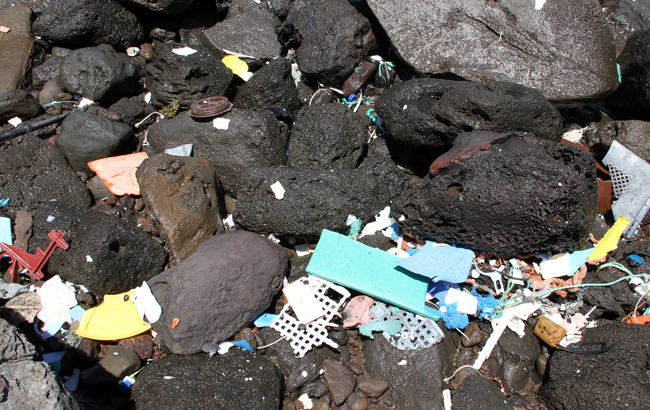
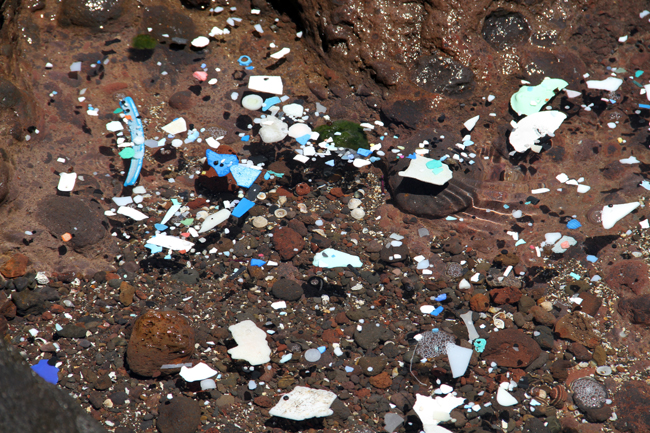
Floating plastic in the water.
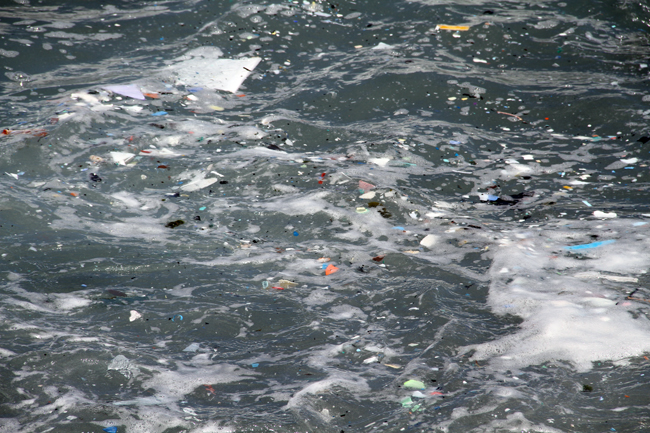
Close up of the waves.
Written by admin.
Posted on December 25, 2011.
Filed under Research, South Pacific Gyre.
Tagged Research, South Pacific Gyre.
Nothing could have prepared me for the hard contrast between the utter beauty of the natural treasures topped with ancient cultural remains and the presence of large scale pollution, both on land and in the water, as I was about to witness on Easter Island (Rapa Nui). We circle around for a while before we land because the (only!) landing strip has to be completely cleared otherwise it is not long enough to come to a full stop. Maybe it is my imagination but it feels like the plane is using its brakes much harder and with more force than I know from other landings. There is no tunnel to walk though, no bus and not even a designated walking path towards the small wooden building which is the entire Mataveri airport. We just walk out of the plane and are free. Not even a passport control, since it is a domestic flight from Santiago and Easter Island is part of Chile since 1888. This feeling of freedom and ease is definitively present during my entire stay on the island and is only clouded by the feeling that there is no way off the island in case something goes really wrong. Easter Island is claimed to be the most remote inhabited island in the world. It takes at least 5 hours to reach the mainland. And then there is the understandable emotional reaction by about half of the entire population which is a mixture of distrust and anger for coming to disturb their peace. The income generated by tourism is vital for the islanders and most of them try to make a living out of the constant flow of new visitors, but it comes at a high price. They are never ever left alone and especially the indigenous population, the last remaining Rapa Nui, must feel like monkeys in a cage. They call the island themselves the biggest open air museum of the world. You can join guided bus tours or do it on horseback, you can rent bicycles, scooters, motors, and jeeps to visit the different locations which are worthwhile visiting. I go for the 4×4 jeep since I will be visiting the areas where tourists usually don’t come. To see the contrast I first drive to the well known Anakena beach, the bounty commercial again, and after that to a small less accessible beach just east from it. I almost fill up a first bag, but what surprises me more is the amount of micro plastic on the beach. The last flood line is so packed with confetti size plastic particles in all colours and shapes, including a lot of virgin plastic pellets, that when I pick up a hand full, only half of it is organic material like shells, stones, wood and seaweed, the other half is plastic.
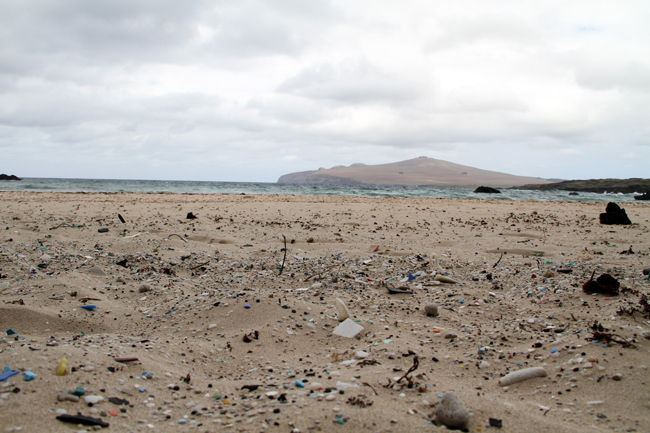
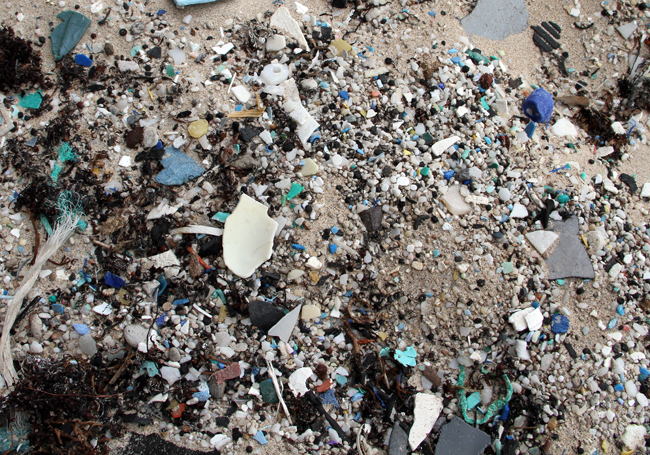
I visit maybe the most holy place on the island: Te Pito O Te Henua (the navel or belly-button of the world). A round boulder which has magical powers, is surrounded by four smaller boulders on which you can sit while touching and stroking the big one. When I arrive a woman is hugging and caressing the stone like there is no tomorrow while her friend or husband takes pictures of her for good memories. I feel sick already. What almost no one does is visit the rocky beach area just behind the holy boulders. It is a chaotic collection of sharp and similar lumbs of lava that are guttered by huge waves around the clock. In between the sharp dark brown and black rocks I find more plastic trash than I can carry. I decide to clean the area around the magic stone as much as possible and by the time I’m done there is no tourist around the monument anymore. I touch the stone a few times (just in case), before filling up the car and decide to go back to the hotel.
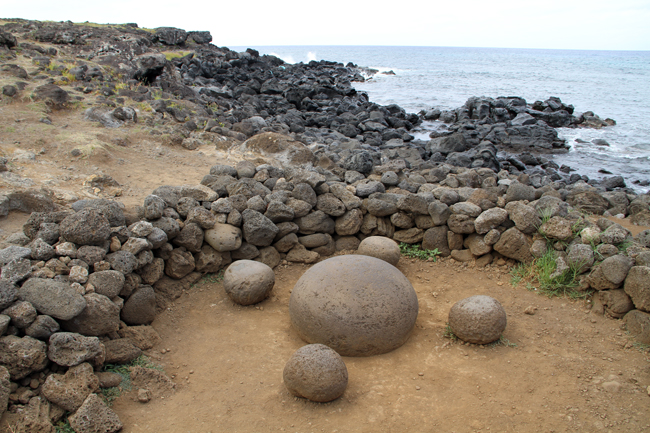
Written by admin.
Posted on December 23, 2011.
Filed under Research, South Pacific Gyre.
Tagged Research, South Pacific Gyre.
Driving up the coast towards Mirasol on my way back to Santiago, I pass Quebrada Verde. A chaotic spaghetti of dirt roads which are accessible only by a 4×4 leads me through Eucalyptus forests and a few Una Bomber like cottages. After tree hours of being smacked against all sides of the interior of the car I arrive at a lighthouse which indicates the close by coast. I descend the rocky slopes and arrive at a beach where only a few plastic bottles account for any imperfection of this incredibly beautiful landscape. Close by I see a small island which is inhabited only by Sea Lions. They growl and hurl as I steal their image.

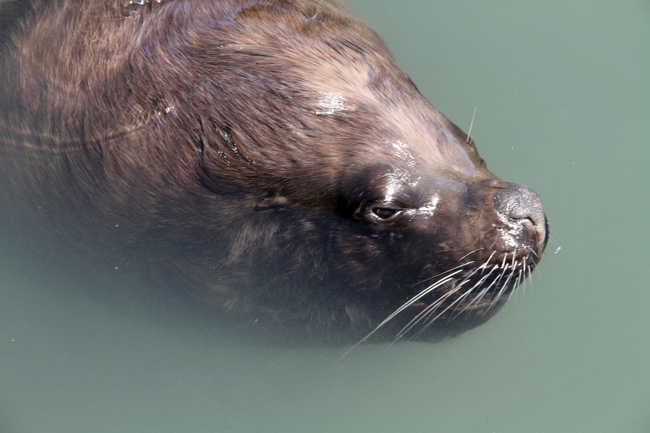
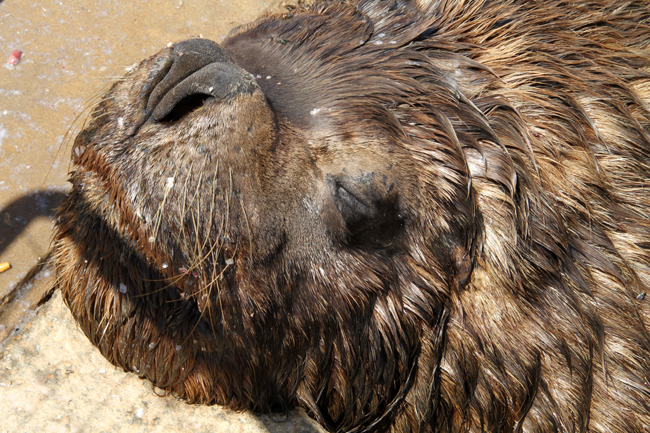
The males are easily recognisable by the amount of hear on their head and they are, as most males in the animal kingdom, much bigger than the females.
Closer towards the beach town there is no plastic to be found at all since the monstrous tourist farms don’t allow trash on the beach. Most houses have an own front lawn basket to put there trash in (just as in Uruguay), which is being picked up regularly. This solution prevents dogs and rats from deteriorating the bundles of household discards and spreading it around.

Not everyone is using them however and when you don’t live in city limits and garbage collection does not include dirt roads it becomes tempting to dump trash in the forest. When done extensively it creates avalanches of garbage that run straight down the hill and will eventually wash into the ocean. A strange sight amidst all this beauty.
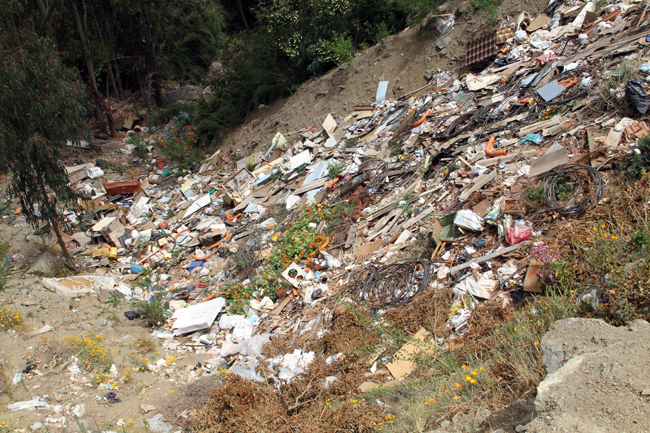
Written by admin.
Posted on December 21, 2011.
Filed under Research, South Pacific Gyre.
Tagged Research, South Pacific Gyre.
The next stop is at the other side of South America in Vina Del Mar, Chile. I meet up with Michelle Manley, marine biologist at DIRECTEMAR and the local coordinator of the Ocean Conservancy’s International Coastal Cleanup. Over the past 25 years Ocean Conservancy has initiated and coordinated beach cleanings worldwide and recently brought out an overview with the amount of items they found most. Number one is the cigarette butt! Most of the top ten is food related plastic like bottles, caps, wrappers, and boxes. In total almost nine million people have picked up some 144 million pounds of trash in more than 150 countries and locations.

We go to a beach which is not been cleaned recently according to Michelle, but the whole coastal region of Vina Del Mar, arguably the most popular beach holiday region close to the capital Santiago is kept clean by law by the concession holders of a certain beach area. Usually one gets a concession of a year or several years to exploit the beach but in return it needs to be kept clean. This is done manually by beach cleaners who work 24/7 to battle the constant flow of trash. They work hard and around the clock but it is like mopping up water with the faucet still on (‘dwijlen met de kraan open’ – als er iemand een betere vertaling weet….)
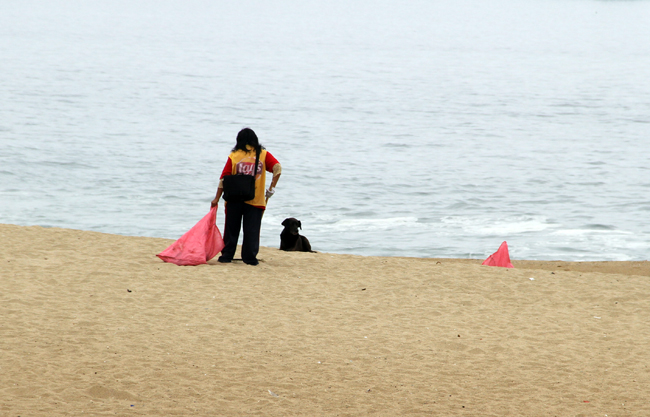

Most of the trash is land based and although there are garbage bins on the beach, people just don’t seem to care. The amount of virgin plastic is also on the other side of South America mind boggling. Only in this small area of 20 x 20 cm I find more that 20 pieces.
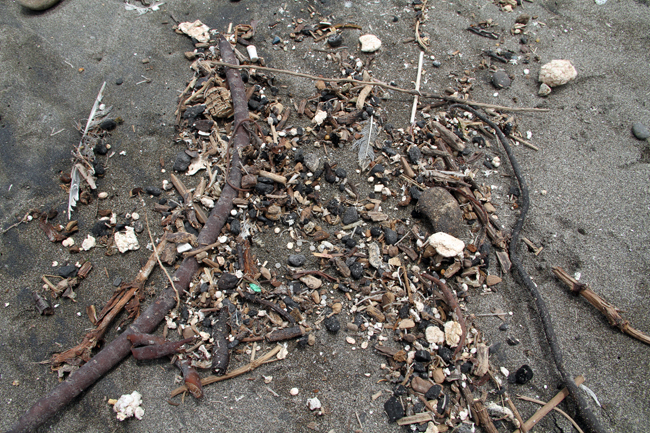
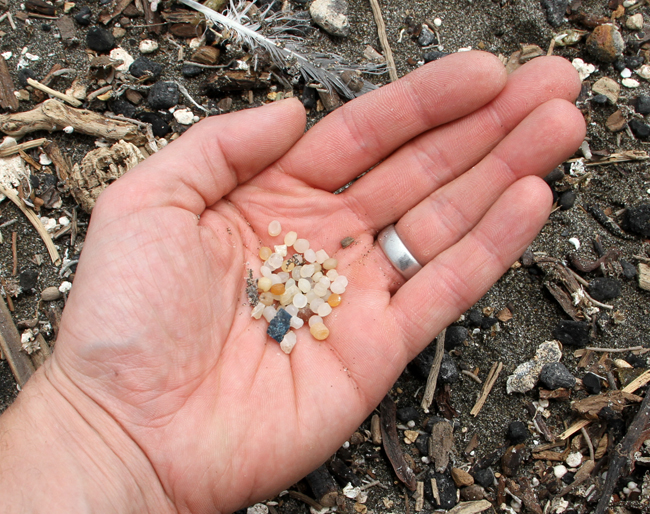
Animals eat them, either directly, or indirectly because they feed on fish who ate them, and one can only guess what the result is on the long term. All over the world reports are coming out about plastic ingestion by catfish, turtles, albatross, … There is no conclusive result yet what the outcome is exactly of this contamination, but taking the POPs (Persistent Organic Pollutants) in account and the fact that most dissected dead animals did in fact have plastic in their stomach seems to indicate a causal relation. I keep seeing one dead sea lion after the other on the beach. A lot of them die of natural causes, but I saw so many rotten corpses that I start to wonder if things aren’t related. After they are washed ashore the dead sea lions are covered with a black plastic sheet until they are picked up and exterminated. Isn’t that ironic?


























